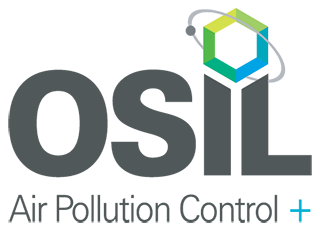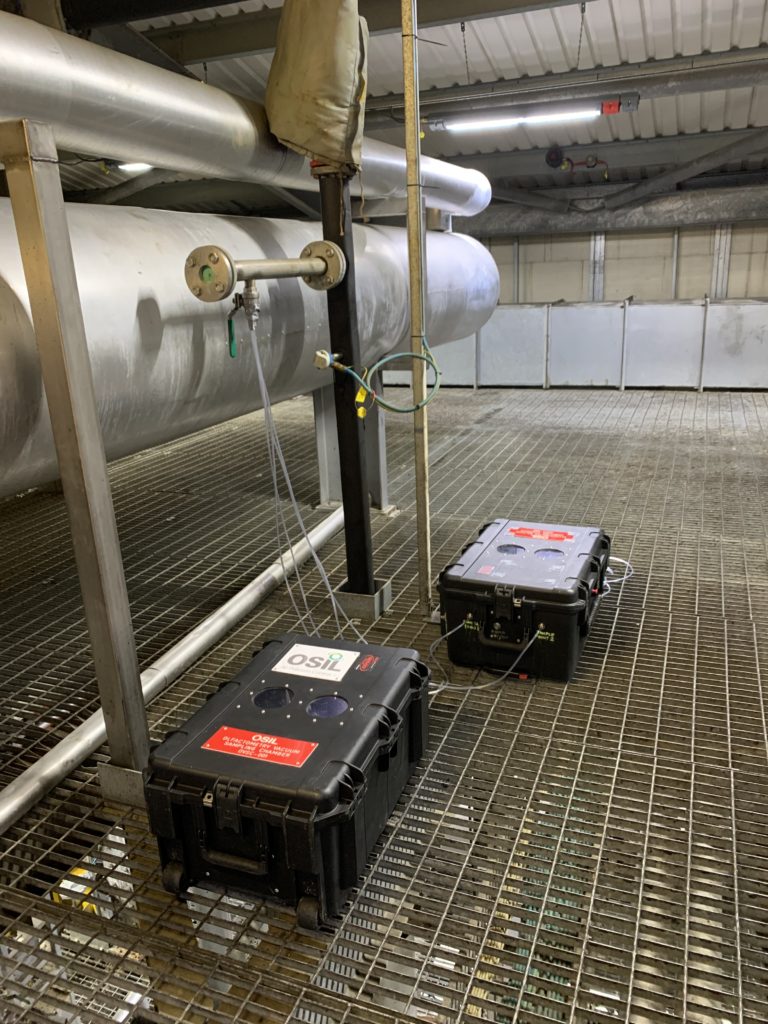
When odour management decisions are based on nothing but guesswork this often results in incorrectly specified odour control systems.
This shouldn’t come as a surprise. After all, how could anyone select and size the correct odour control system without knowing anything about the odours? That would be like trying to fix a car without understanding the problem!
The solution to collecting the necessary data is odour monitoring, sampling and analysis, which will provide a full picture of the scale of your odour problems.
Emission measurement is crucial to the control of odours. Before you can define the extent of an odour problem, you need first to identify the potential sources of any odour emissions and understand their magnitude and characteristics. By defining and characterising what odours are being produced by your business, we can also ensure you invest in the right odour control system.
Odour Monitoring
Odour monitoring is a scientific process that aims to detect and collect data about odours such as concentration and type. The FIDOL method is a common monitoring technique. This collects the following types of data:
- F – Frequency
- I – Intensity
- D – Duration
- O – Offensiveness
- L – Location / R – Receptor
Odour emissions are typically measured in European odour units in accordance with the EN13725 European Standard for olfactometry, or as individual chemical components using compound specific detectors or molecular analysis. Olfactometry is the preferred approach for environmental odours which are generally mixtures of different odorous components.
It requires the collection of samples which are analysed at an accredited laboratory and the level of information it provides is unequalled. This technique can provide a complete picture of your odours.
Electronic noses (also known as instrumental odour monitoring systems) are another option. These devices are strategically deployed on-site. They collect real-time data and send it wirelessly to a control centre for analysis.
Data loggers are also widely used close to sources of Hydrogen Sulphide (H2S) emissions to collect data about frequency, intensity and duration. We use on site data loggers to detect and measure key odour-generating compounds.
Odour Sampling and Analysis
Odour sampling involves collecting odour samples from multiple sources so they can be analysed. This data allows us to measure and evaluate odours.
Odour samples can be collected in several ways, including vacuum containers attached to a pump, sampling hoods and sampling bags.
The most accurate tool for analysing odour samples is Gas Chromatography Mass Spectrometry (GC/MS). This identifies the components of a gas at a molecular level, giving us a scientific picture of the odorous compounds.
Samples collected for Olfactometry need to be sent to an accredited lab for analysis. We can collect the necessary samples and arrange analysis which speeds up the time to get the results.
Sampling and analysis is necessary to classify odours and evaluate the odour control technologies that would be most effective. Combined with our odour expertise, we can develop a full picture of the scale of your odour problems.
Want to know more about odour monitoring, sampling and analysis? Speak to one of our odour experts today about how we can help you.

